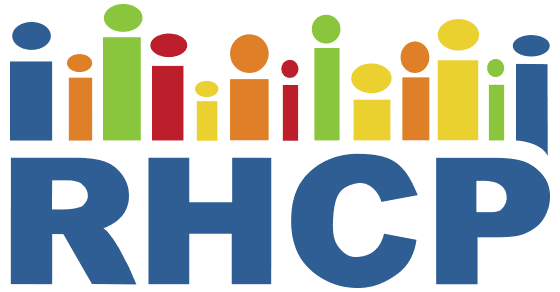Adaptation of a bidirectional crisis and emergency risk communication framework by community-engaged research partnerships in rural Mississippi during the COVID-19 pandemic
Community engagement is important for reaching populations at risk for health inequities in the coronavirus disease 2019 (COVID-19) pandemic. A community-engaged risk communication intervention implemented by a community-engaged research partnership in Southeast Minnesota to address COVID-19 prevention, testing, and socioeconomic impacts has demonstrated high acceptability, feasibility, perceived efficacy, and sustainability.
In this study, we describe the adaptation of the intervention by a community-academic partnership with rural African American populations in three Mississippi counties with high COVID-19 disparities. Intervention reach was assessed by the number of messages delivered by Communication Leaders to members of their social networks. Perceived scalability of the intervention was assessed by the Intervention Scalability Assessment Tool. Bidirectional communication between Communication Leaders and community members within their social networks was used by the partnership to refine messages, meet resource needs, and advise statewide decision-makers.
In the first 3 months, more than 8482 individuals were reached in the three counties. The intervention was deemed to be highly scalable by partnership members. Adaptation of a community-engaged pandemic CERC intervention is feasible and scalable, and it has the potential to reduce COVID-19 inequities across heterogeneous populations. This approach may be incorporated into current and future pandemic preparedness policies for community engagement.

